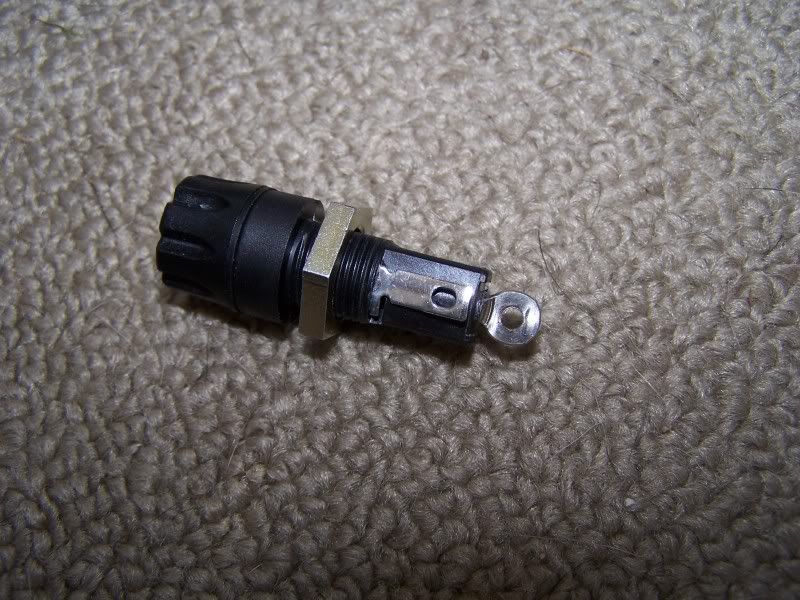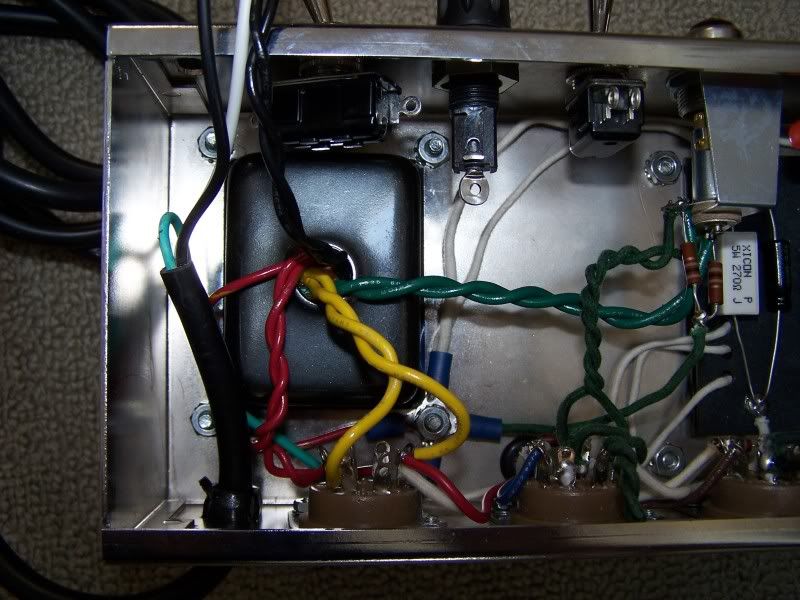Grounding schemes
Hi Ben - I sent you a PM on this
Hi Ben - I sent you a PM on this




 ) centre tap is the Power Transformer's High-Voltage winding centre tap.
) centre tap is the Power Transformer's High-Voltage winding centre tap. So relying on the chassis for ground is OK for the jacks as long as it doesn't cause any ground loops and give you undesirable hum. Fender used a big brass plate behind the control panel.
So relying on the chassis for ground is OK for the jacks as long as it doesn't cause any ground loops and give you undesirable hum. Fender used a big brass plate behind the control panel.




Comment